
Do you want to learn how to draw and don’t know where or how to start? Or do you feel lost and overwhelmed by the information available online?
Sounds familiar?
In this blog post, we will break down the basics of learning to draw. We’ll give you step-by-step instructions and helpful tips to help you lay the foundations and improve your drawing skills!
So, grab a cup of coffee, and let’s get started.
Every beginner must focus on some basic skills in the early stages of learning drawing. These basic skills will give you the foundation for creating beautiful and complex art.
Let’s look at these skills.
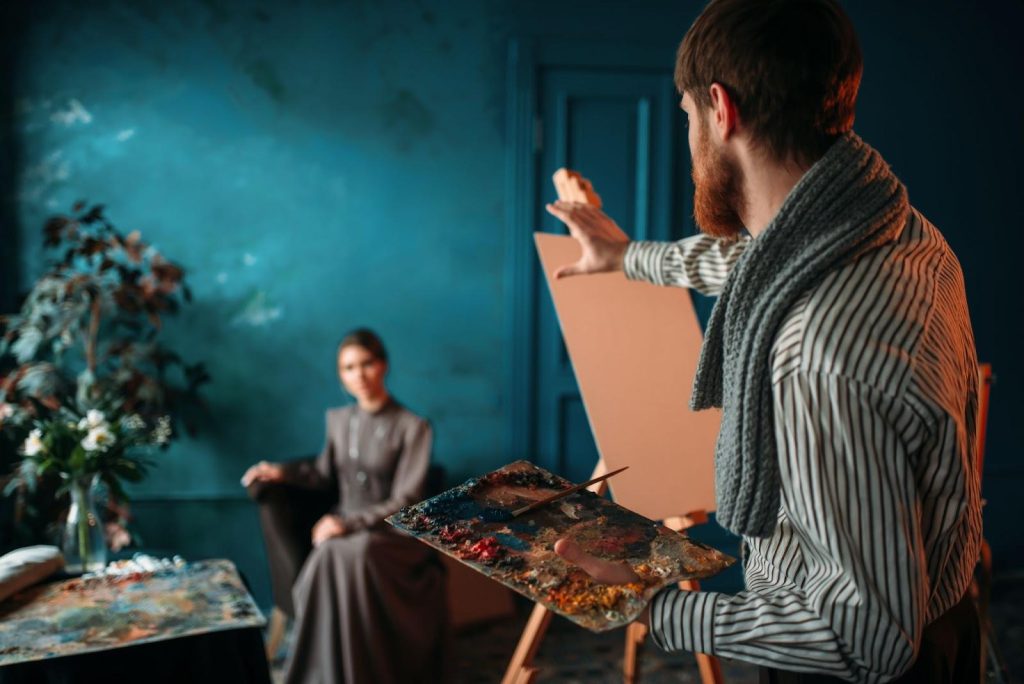
Observation skills are essential for accurately capturing the subject’s details.
Observation skills essential for artists include observing the lines, shapes, textures, and other aspects of the object or subject. Improving observation skills will help you to express your vision more clearly to the viewer.
The best way to improve observation skills is to practice sketching from the objects around you, such as furniture, trees, animals, and people.
You should observe all aspects of the scene and use your sketching skills to try and capture them as realistically as possible.
A great way to do this is to focus on the simple shapes that make up your subject. For example, you can use a circle for a person’s head and a cylinder for their neck, etc.
You can also use reference photos to help improve observation skills if you cannot use real-life references.
Looking at photographs of everyday objects or people can help you carefully study what elements make up these scenes and how they relate to one another.
Our course “Gesture Drawing” will help you to learn about drawing from photo references.
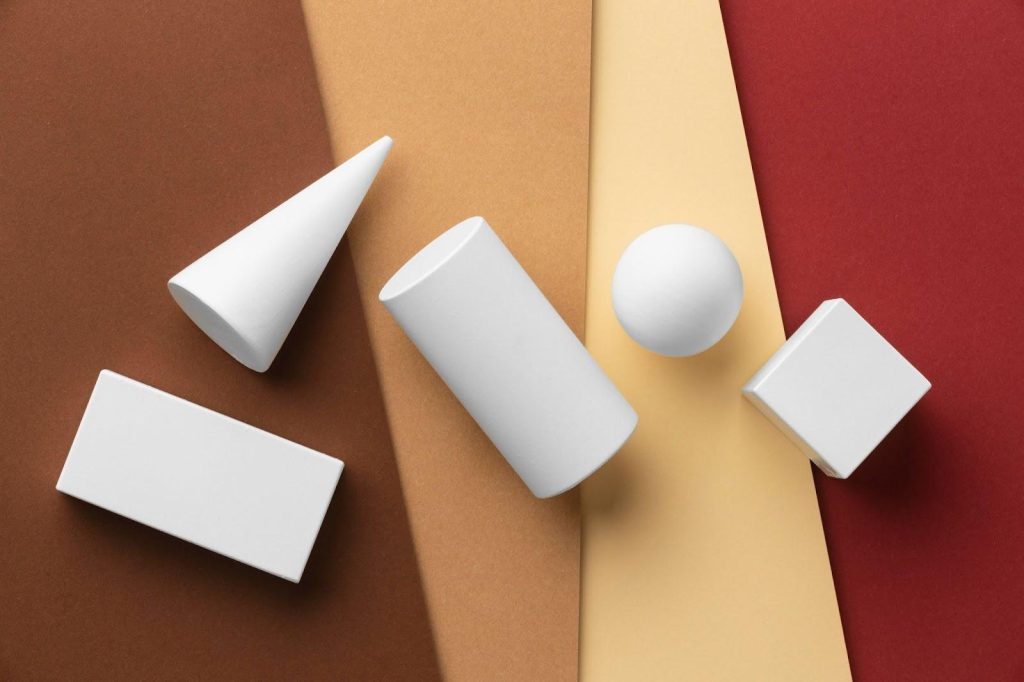
Shapes and forms refer to the two-dimensional characteristics of an object, such as its size, shape, texture, color, contours, and shadows. They are the building blocks of a successful drawing.
Therefore, understanding shape and form is essential for learning to draw.
By understanding shapes and forms, you can easily break down complex structures into simpler components and capture them in your drawings.
You can practice sketching simple objects like a fruit or everyday items like mugs and bottles to learn more about shapes and forms.
These objects often have clear outlines. This makes it easier to see where one shape ends and another begins.
Draw the object from different angles to identify the main shapes, like circles, squares, or triangles, observing how they fit into the more complex structure.
By doing this regularly, you will develop a better understanding of shapes and forms. Our course, “Fundamentals of Drawing,” can help you learn the basics of shapes and forms and improve your drawing skills!
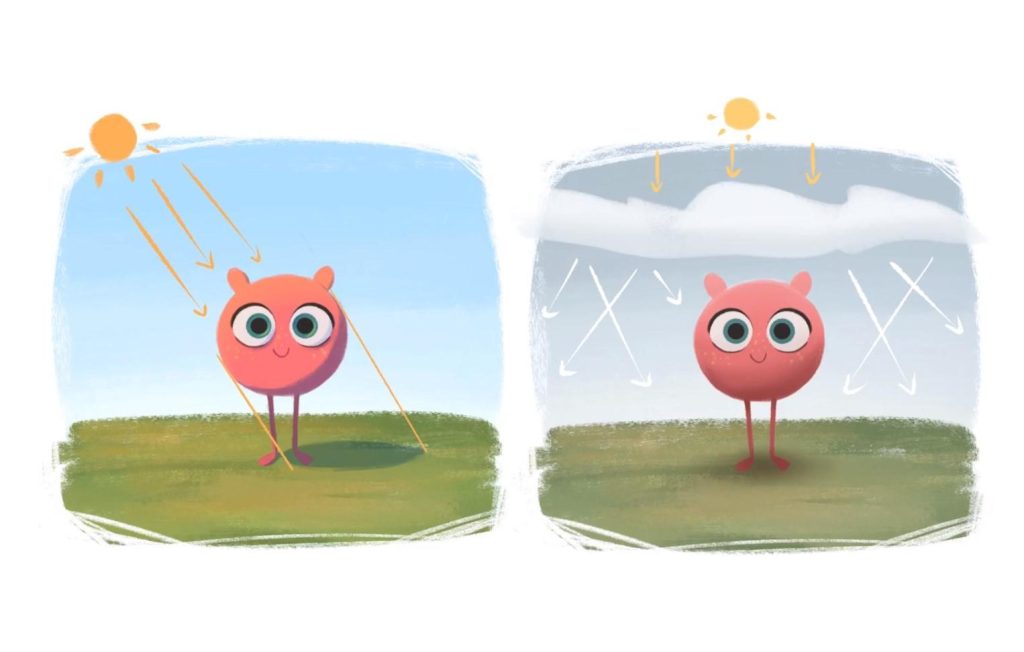
Lighting and shading are essential aspects of creating engaging drawings. Adding shadows and highlights to your drawing can create the illusion of a 3D image.
To draw lights and shadows well, look at where the light is coming from. It changes how things look! See how shadows fall on the side away from the light.
Practice drawing the same object in different lighting conditions and observe the changes. For example, an object under direct light—light rays striking the subject from one direction—creates a hard shadow with perfectly sharp edges.
However, an object under diffused light—scattered light rays—will have a soft shadow with blurred edges.
Our course, “Mastering Lighting and Shading,” can help you learn useful concepts of lighting and shading and how to apply them in your drawings.
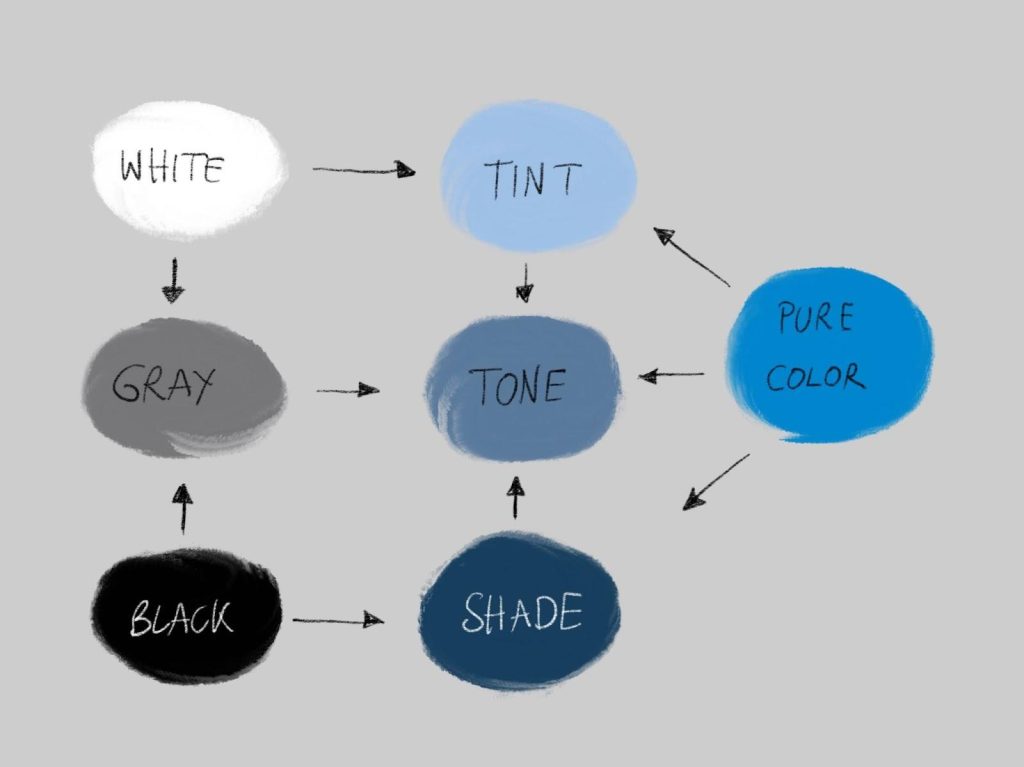
Understanding colors helps convey various emotions and evoke a specific atmosphere in your artwork.
Every color has three qualities: temperature, intensity, and value. Combining these three qualities can give paintings an illusion of depth and form.
Knowing how to combine all three will help bring your artwork to life!
You can practice painting simple objects and scenes with different colors and values to learn more about color theory. Our course, “Introduction to Color Theory,” explains color theory in detail.
Okay, you’ve learned the basics! Now, it’s time to get creative. Pick up your iPad, pencil, and paper – it doesn’t matter what you use!
To begin, start with easy stuff and then move up.
Here, we have outlined a few steps to help you learn how to draw!
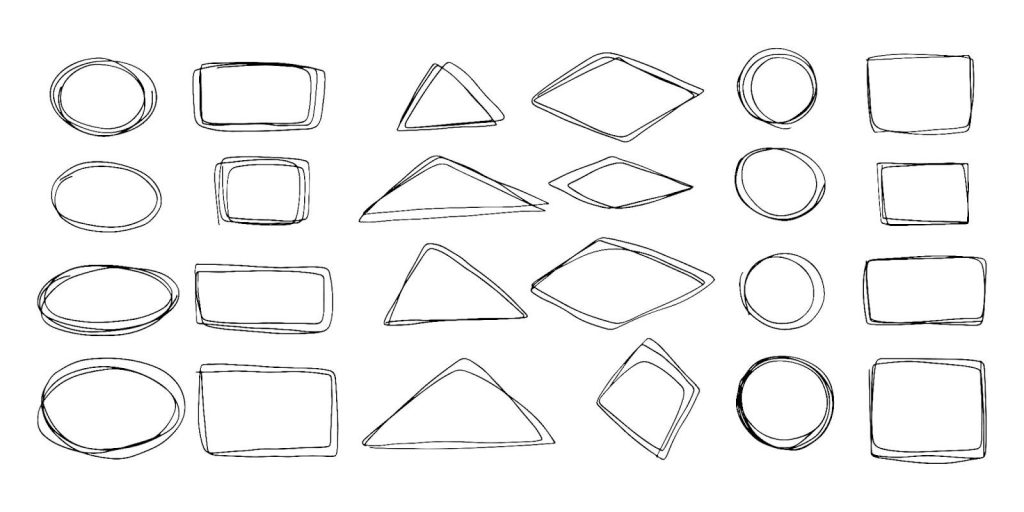
Start by practicing drawing simple shapes, such as circles, squares, and rectangles.
You can simply take paper and pen and draw shapes of different sizes. Relax your hand as you loosely draw these different shapes, getting used to the feel of drawing their different curves, lines, and angles!
Understanding each shape’s specific characteristics helps to identify and assemble those shapes into more complex forms, such as animals, people, plants, and buildings.
Additionally, getting comfortable sketching lines on paper can help build confidence in your skills and make it easier to move on to other, more advanced drawings.
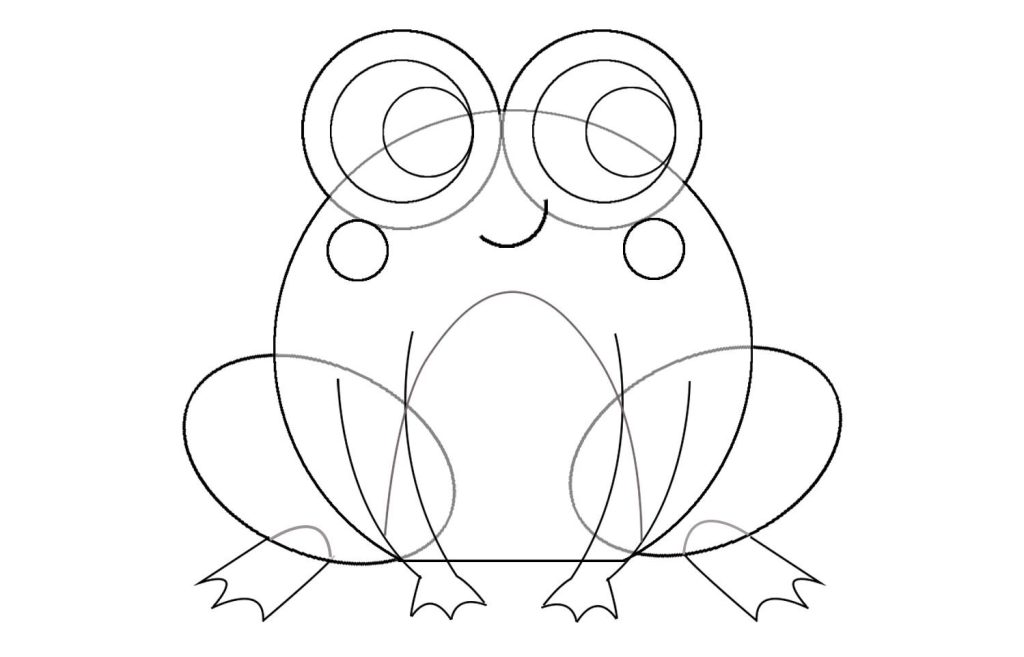
After practicing drawing shapes, you can start using them to draw figures. The best way to learn this is by breaking down complex objects into simple forms and then building them up again with more detail.
Observe the figure or object you want to draw to begin this process. You can choose to draw from life or a photograph.
Next, identify the main shapes of the object. For example, if you are drawing a frog, its eyes and body will be circular, with oval shapes for the hind legs and curved lines for the front legs.
Once you have identified the main shapes, you can assemble them on paper using a pencil or other drawing tool.
After drawing the figure using shapes, you can work on refining its outline to make it more realistic.
To understand this process better, check out our courses “Character Design Made Easy” and “Figure Drawing for Beginners.”
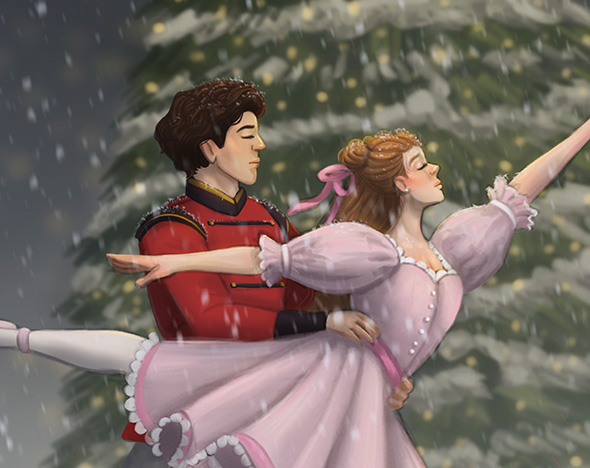
Now that you have the figure on the paper, it’s time to add depth. Enter shading!
Shading adds light and dark tones to a drawing, giving it depth and shape. It should be done gradually, beginning with mid-tones and then gradually adding in your shadows and highlights.
You can use various shading techniques like hatching, cross-hatching, blending, etc.
To learn more about shading techniques, check out our courses “Mastering Lighting and Shading” and “Lighting + Shading: Make Your Art Shine.”
These courses will explain the concept of light and shadow and how to apply it in your drawings.
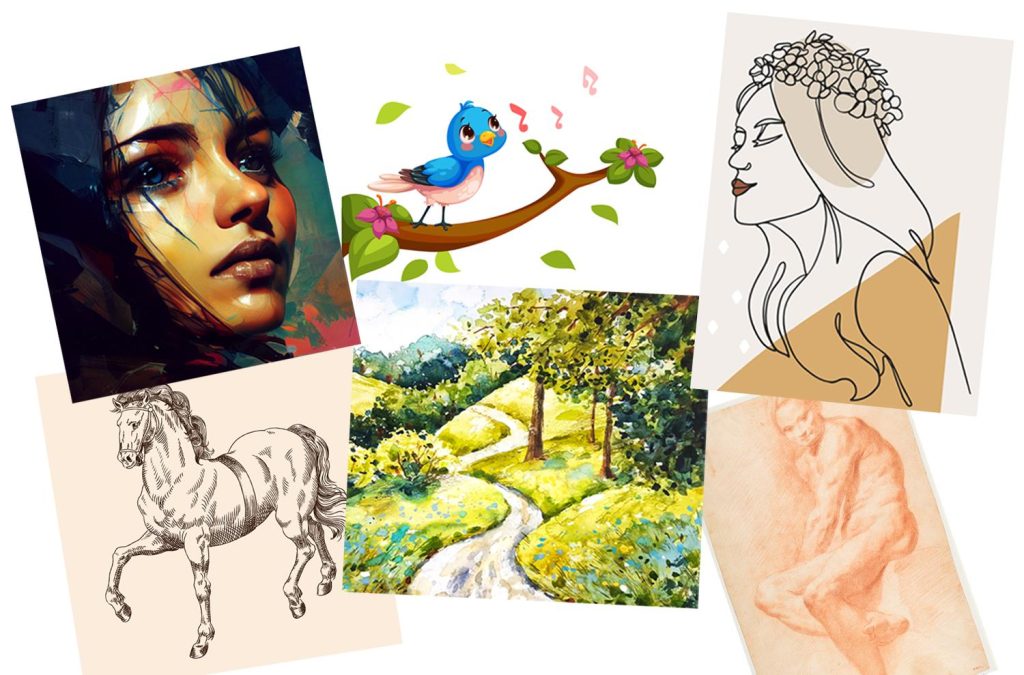
Following the above steps will help you understand the basic drawing methods. Now, it’s time to explore different drawing styles.
Style is an essential factor that adds a unique charm and personality to your artwork. To learn new art styles, watch tutorials online, look at other artists’ work, or join an art class.
21-Draw has fantastic courses like “Figure Drawing for Beginners,” “Drawing Caricatures,” “Stylized Anatomy for Comics,” “12 Fundamentals Laws of Drawing,” and “Character Design,” which help you learn to draw in different styles.
Practicing different drawing styles will sharpen your creativity and allow you to discover your style.
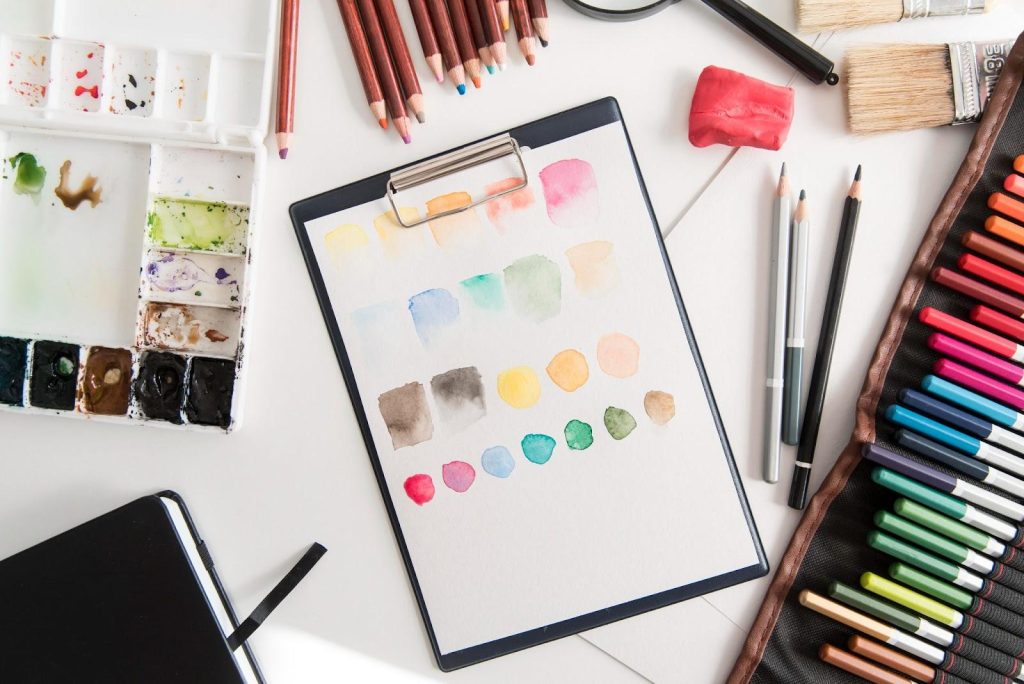
Mediums or drawing materials are essential in creating a beautiful, finished art piece. Different mediums will allow you to create various unique effects and textures.
Therefore, it is helpful to try a range of mediums to understand their characteristics better.
You can develop the skills needed to use different mediums effectively by experimenting, enabling you to create better artwork.
You can also use digital mediums like Procreate, Adobe Photoshop, and Clip Studio Paint, apart from traditional mediums like pencils, pens, charcoal, etc.
21 Draw has great digital art courses for learning digital drawing!
Check out our courses “Digital Illustration in Procreate for Beginners” and “Digital Drawing in Photoshop For Beginners” to learn the basics of digital drawing and start creating beautiful artwork!
Once you learn the basics of drawing, you can practice these four steps and improve your art skills. Progress comes through consistent practice!
After learning the basics, here are a few additional tips to help in your art journey:
Online drawing courses are the best way to learn a new skill. They are convenient, affordable, and allow you to learn at your own pace.
21 Draw offers various drawing courses focusing on topics like fundamentals, character design, lighting and shading, digital illustration, etc. These comprehensive art classes are taught by experienced professionals passionate about art and teaching
As a beginner, a good foundational course like “Learn to Draw in 21 Days“, “Learn to Sketch in 21 Days“, “Watercolors for Beginners,” or “Fundamentals of Drawing” will be ideal for you!
Seriously, art blogs are a fantastic resource for any artist. You’ll find step-by-step guides, expert advice, and all those little tricks that make a big difference in your drawings.
You can learn from the experiences of other artists by reading their posts on color theory, composition, anatomy, etc.
Besides drawing techniques, blog posts like “How to Make a Brush in Procreate” and “How to Blend in Procreate” also provide information about specific drawing tools and effective ways to use them.
Art blogs also have tutorials for artists struggling to draw particular structures like hands, feet, faces, etc.
For example, 21 Draw’s articles, such as “Loomis Method,” “How to Draw Hands,” and “How to Draw Clothes,” provide comprehensive tutorials for drawing faces, hands, and clothes, respectively.
Apply the tips from these articles while working on your drawings.
Books are a timeless way to level up your drawing skills.
They break down the fundamentals, offer step-by-step guidance, and give you a deeper understanding of the art world that you won’t find in quick online tutorials.
Start with instructional books on the core elements of drawing: shape, composition, shading, and more. These will form a strong foundation for your artistic journey.
21 Draw has a fantastic selection of books by experienced artists. Titles like “Mastering Digital Drawing” and “The Character Designer” are perfect if you want to dive into character creation.
Other books, such as ‘Illustrator’s Guidebook‘ and ‘Learn from 100 Famous Artists‘ offer insight into the fundamentals of drawing and art principles.
These books provide an in-depth look into various drawing fundamentals, techniques, composition, and more. They also guide you in understanding form, depth, and light to create realistic drawings that look professional and polished.
Don’t worry about perfect drawings when you’re starting. Instead, focus on understanding the building blocks of art: shape, form, proportion, color theory, etc.
Take your time, and don’t rush!
It’s better to master the basics of drawing before trying fancy techniques. Begin with simple drawings and gradually work up to more complex ones.
Observing nature and life is one of the best ways to learn to draw. Observe everyday objects, people, animals, and plants, and try to capture them in your drawings.
By focusing on the details, you will understand more and more about anatomy, proportion, perspective, light, shadows, etc., helping to improve your drawing skills.
Additionally, analyze the artwork of other artists. This will give you an idea about how they use different techniques and tools while creating their illustrations.
Another way to learn to draw is by studying the work of renowned artists. This can be done in various ways, such as researching their techniques and artwork.
By studying and analyzing the work of popular artists, you can gain valuable insights into their methods and techniques.
When studying an artist’s work, consider how they use color, light and shadow, composition, and other elements like line and form. You can even look for similarities between different artists’ styles and use them as starting points for your artwork (but remember not to copy other artists’ work directly!).
21 Draw, an online digital art education platform, has several experienced artists you can follow.
After gaining basic knowledge and understanding of the fundamentals, practice various drawing techniques to polish your skills.
Learning to draw with various techniques takes practice and dedication. Begin by familiarizing yourself with the basics of each technique and analyze how they affect the appearance of your artwork.
Start by practicing techniques such as hatching, cross-hatching, and stippling. Each technique can be used independently or combined with others to create exciting effects.
You can also learn to draw with digital tools such as Adobe Photoshop and Procreate. Digital drawing has different skills and techniques that can help you create beautiful artwork.
Practicing is the key to mastering any activity, whether drawing or anything else. Once you learn the basics, focus on practicing and mastering different styles and techniques regularly.
Start with small projects and simple drawings, such as different shapes and structures. Gradually move on to more complex drawings and apply art fundamentals like color theory, perspective, light and shadows, anatomy, etc.
Practice regularly to master the styles and techniques to create beautiful artwork. This will also help you develop new techniques and gain confidence in your artistic style.
There you have it, a brief rundown to get you started on your drawing journey.
Remember, the most important thing is to keep practicing and never give up.
If you need additional help, 21 Draw is here for you. Check out our list of procreate courses and digital illustration courses. Courses in this list are a good starting point for learning how to draw.
To learn the basics of drawing, you can check out our courses “Fundamental of Drawing” and “Mastering Lighting and Shading.”
If you want to explore drawing human figures, our courses “Figure Drawing for Beginners” and “Gesture Drawing” are good options. You can also check out the rest of our collection of online courses and find the perfect one for you!